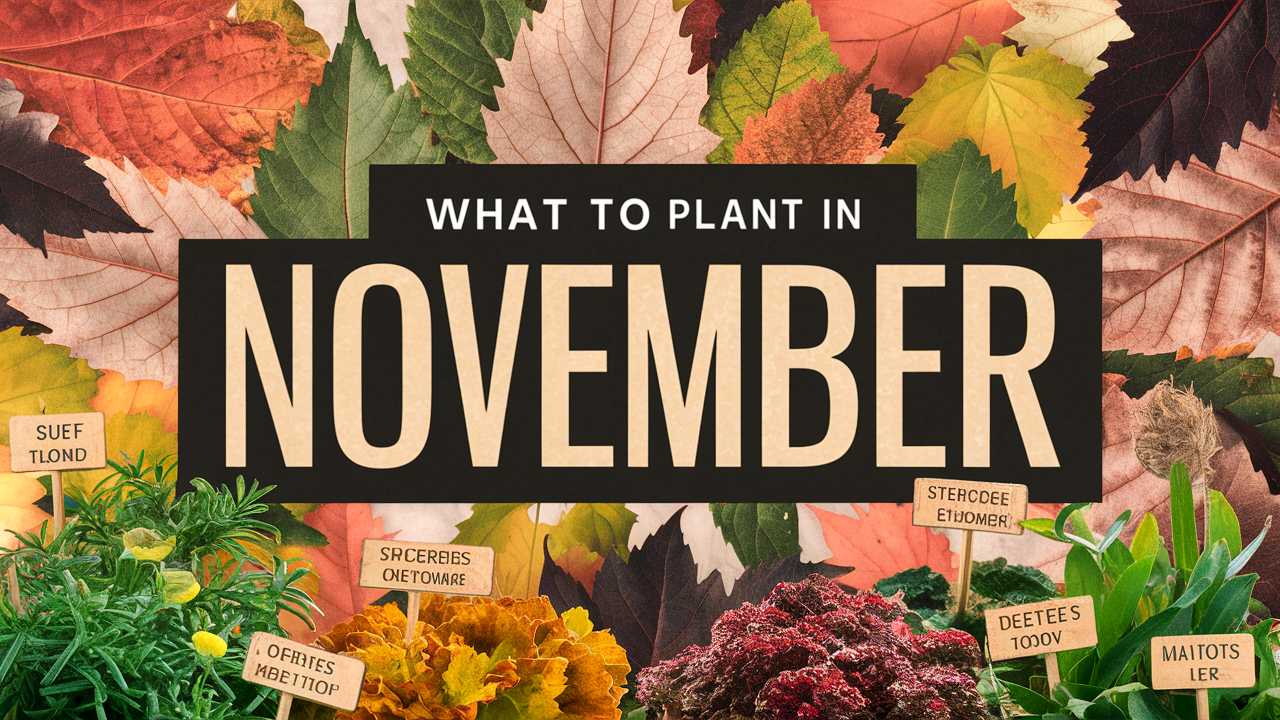Depending on your USDA planting zone, November can be an excellent time to sow seeds, plant seedlings, or incorporate hardy perennials into your outdoor spaces. Let’s explore some of the best candidates for planting in November.
Vegetables To Plant
While the first frost may be looming, several vegetables can thrive in cooler weather. Below are ten hardy vegetables that you can plant in November, along with details on their temperature tolerances and best planting practices for different USDA zones.
Kale
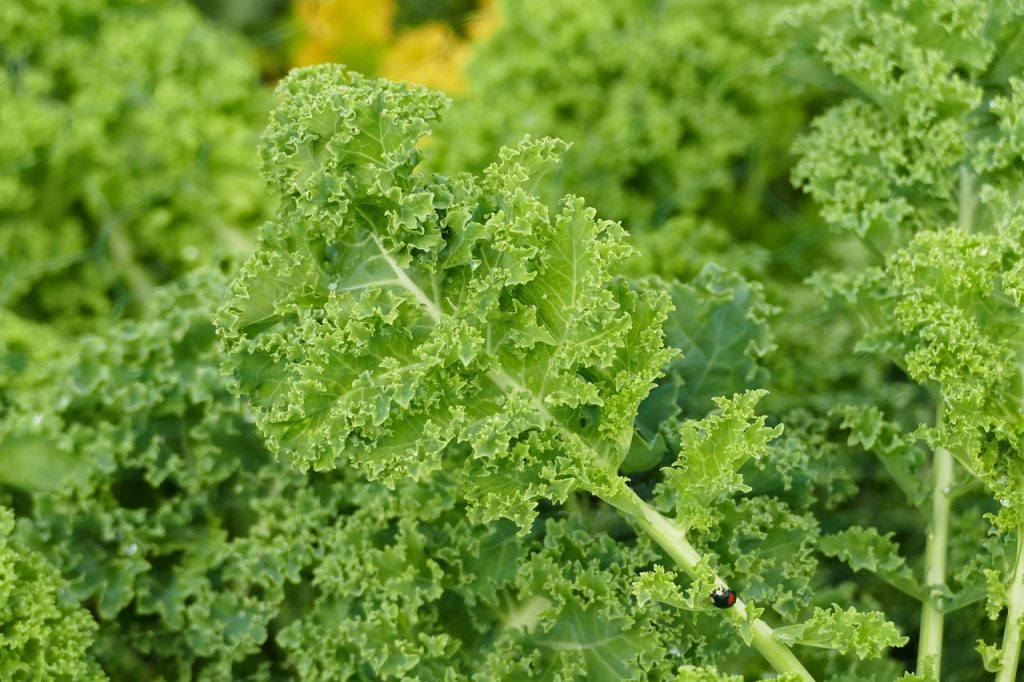
Temperature Tolerance: Kale thrives in temperatures as low as 20°F. It actually becomes sweeter after exposure to frost.
Planting Details: In USDA zones 3-7, you can directly sow kale seeds or transplant seedlings in early to mid-November. In zones 8 and 9, you can continue to sow seeds. For colder climates, consider covering seedlings with row covers for added warmth.
Garlic
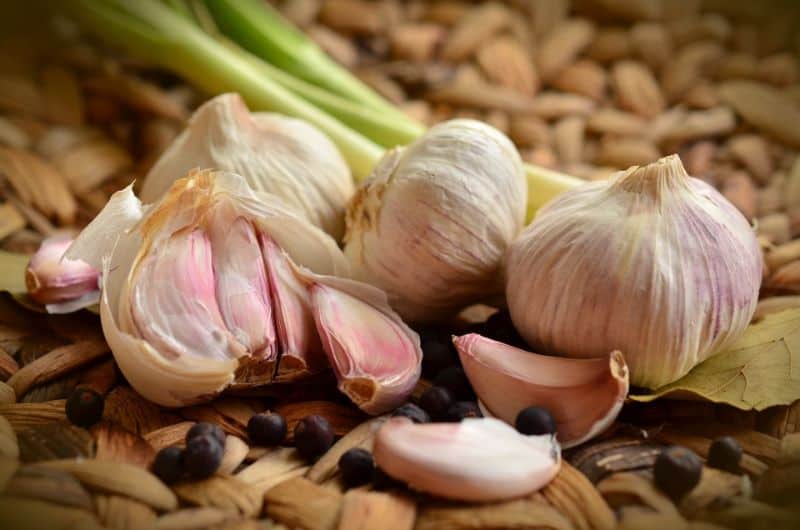
Temperature Tolerance: Garlic can withstand temperatures as low as 10°F and establishes robust root systems during cold weather.
Planting Details: November is ideal for planting garlic in USDA zones 3-8. Plant cloves 2-4 inches deep and about 4-6 inches apart. In warmer zones, you might still have time to plant depending on the first frost date.
Spinach
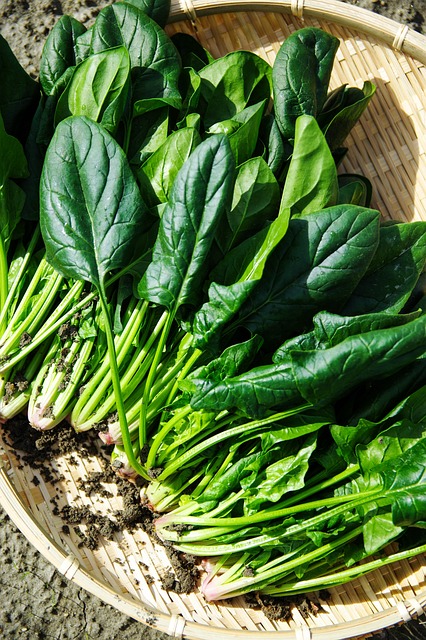
Temperature Tolerance: Spinach is incredibly hardy, tolerating temperatures down to 20°F.
Planting Details: In zones 4-7, you can sow spinach seeds directly into the garden by mid-November. In colder regions, consider using cold frames or row covers to protect the plants. Even in zones 8-10, spinach can be sown for a late fall harvest.
Broccoli
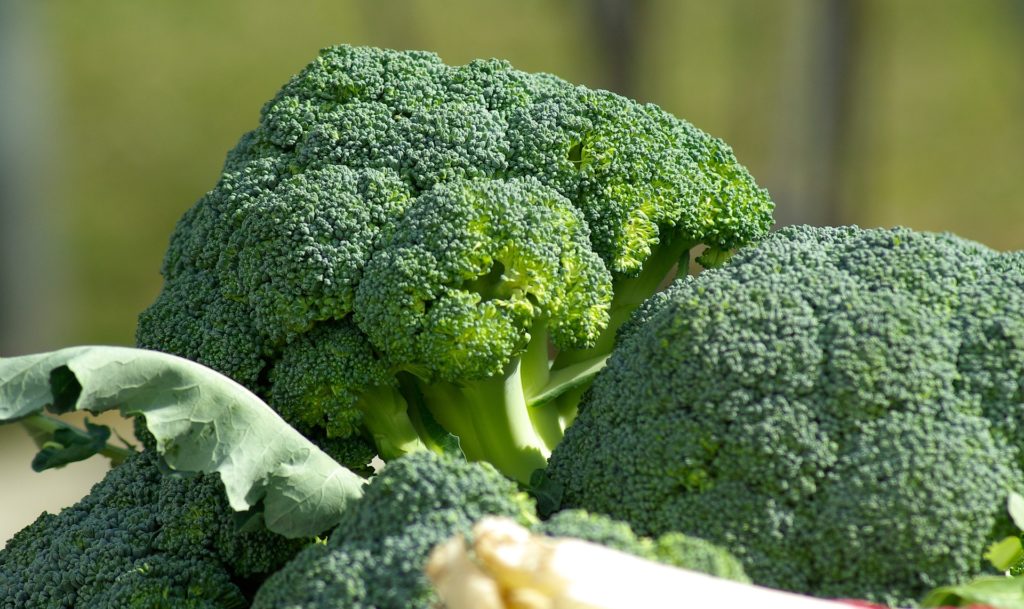
Temperature Tolerance: Broccoli thrives at temperatures between 60°F and 70°F but can tolerate light frost.
Planting Details: In USDA zones 3-6, you can still plant broccoli seedlings in November. Make sure to provide some frost protection. Zones 7-9 might allow for direct seeding, particularly if the first frost is milder.
Radishes
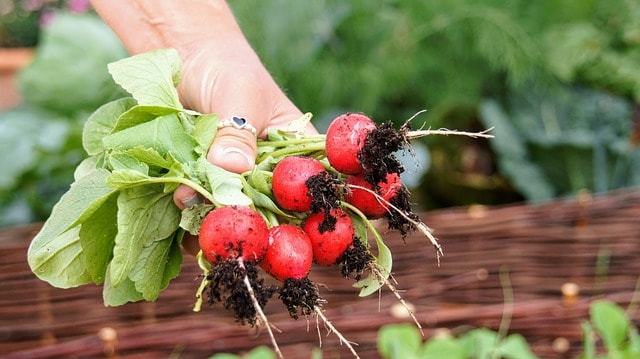
Temperature Tolerance: Radishes do well in cool weather and can survive temperatures down to 25°F.
Planting Details: This fast-growing vegetable can be directly sown in zones 2-7 throughout November. In milder climates (zones 8-10), you can end up with radishes in late fall through winter, depending on the variety.
Carrots
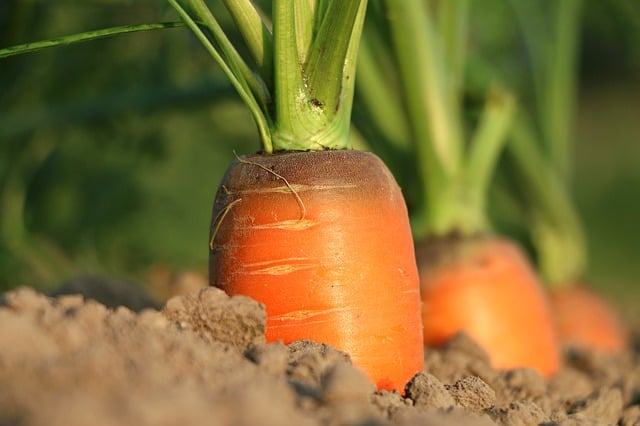
Temperature Tolerance: Carrots can survive temperatures as low as 20°F, and their flavor is often improved by frost.
Planting Details: In USDA zones 3-7, sow seeds in early to mid-November. In warmer areas, you can attempt a late planting; just ensure you mulch to protect the seeds from harsh weather.
Turnips
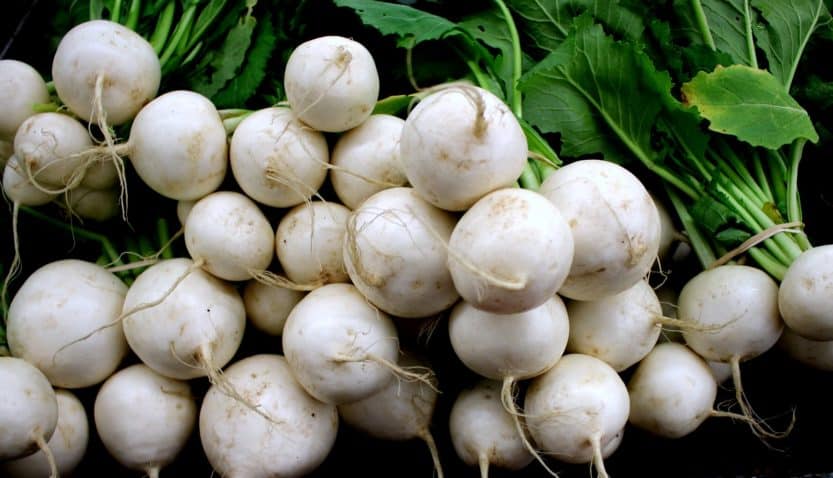
Temperature Tolerance: Turnips handle temperatures as low as 20°F, making them suitable for late fall planting.
Planting Details: In zones 3-7, plant turnips by mid-November for a winter harvest. For warmer regions, you can aim for a late fall planting, and be prepared to protect young plants with row covers.
Mache (Corn Salad)
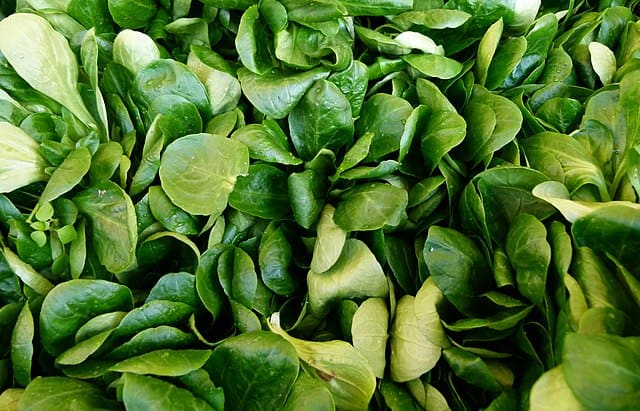
Temperature Tolerance: Mache is very cold-hardy, tolerating temperatures down to 15°F.
Planting Details: This salad green can be sown in USDA zones 5-9 throughout November. If you’re in a colder zone, sow by early November and cover with a light fabric if frost is forecasted.
Swiss Chard
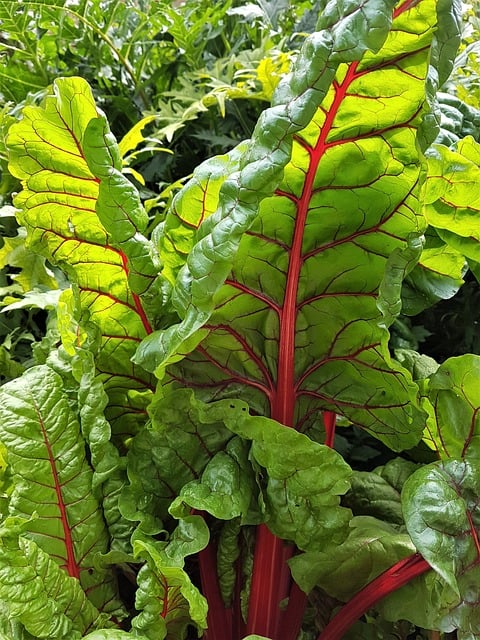
Temperature Tolerance: Swiss chard tolerates temperatures down to 20°F.
Planting Details: In zones 4-8, you can plant Swiss chard seedlings or seeds in November. For colder climates, protect the young plants with row covers or mulch to ensure they establish before winter.
Collards
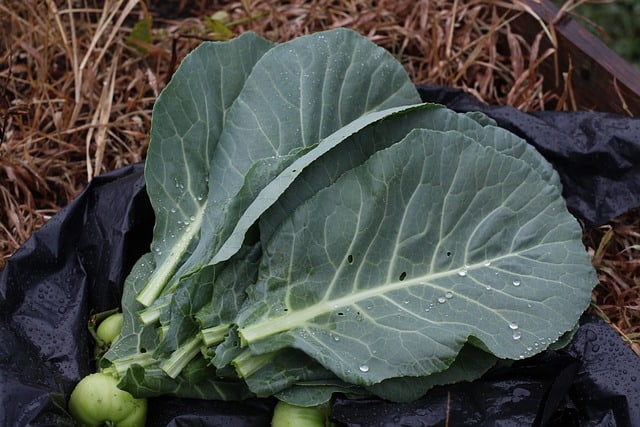
Temperature Tolerance: Collards can endure temperatures as low as 25°F.
Planting Details: In USDA zones 3-6, sow seeds or transplants in early November. Zones 7-9 can grow collards through the winter months, as they are particularly resilient in mild winters.
Flowers To Plant
While many annual flowers will begin to wilt as temperatures drop, November is an excellent time to plant hardy perennials and bulbs that will bloom in the spring. Below are ten flowers perfect for planting in November.
Tulips
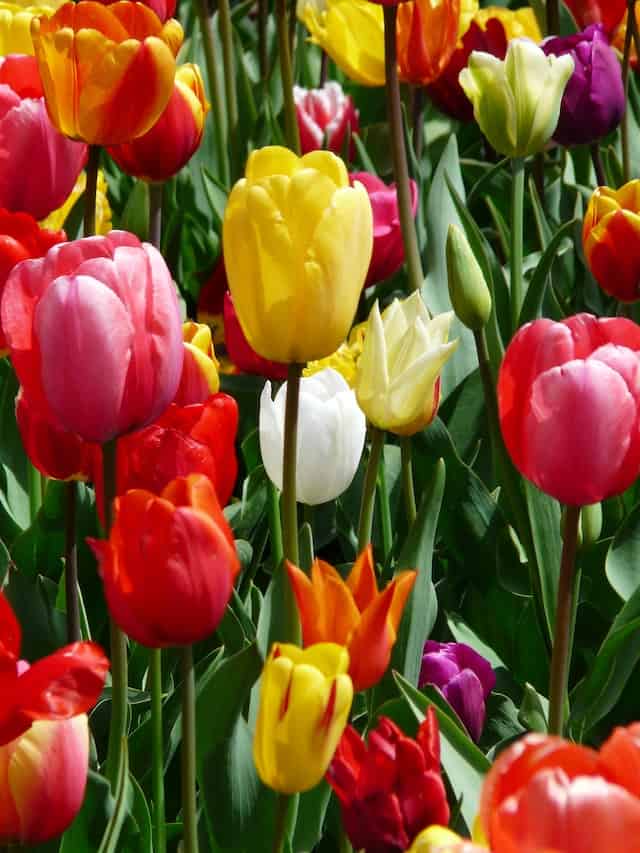
Temperature Tolerance: Tulip bulbs require a chilling period to bloom, thriving in temperatures below 50°F.
Planting Details: November is the ideal time for planting tulip bulbs in USDA zones 3-8. Plant bulbs 6-8 inches deep, ensuring they have well-draining soil to prevent rot. Options for layering with different colors and heights can enhance your spring garden’s visual appeal.
Daffodils
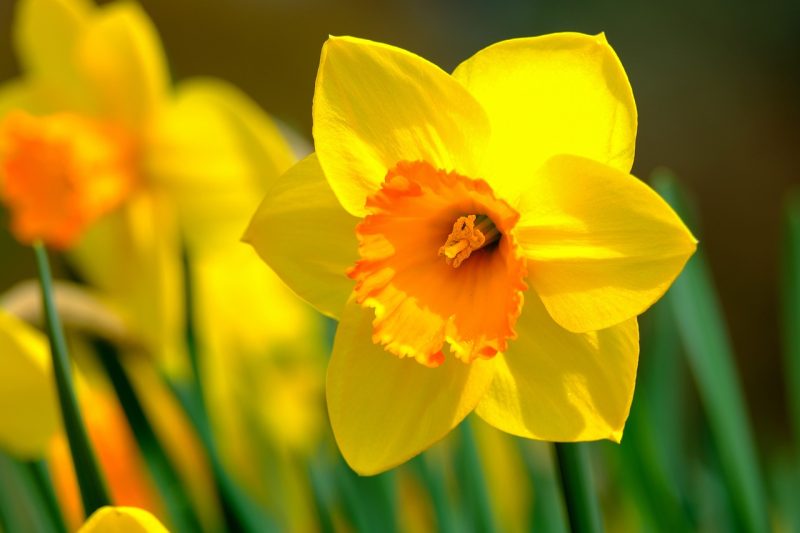
Temperature Tolerance: Daffodil bulbs should be planted before the ground freezes, preferring cool to cold conditions.
Planting Details: In zones 3-8, plant daffodil bulbs in November. Like tulips, these bulbs should sit about 6-8 inches deep. They are resilient against deer and rodents and will provide bright colors in early spring, adding vibrancy to your garden.
Crocus
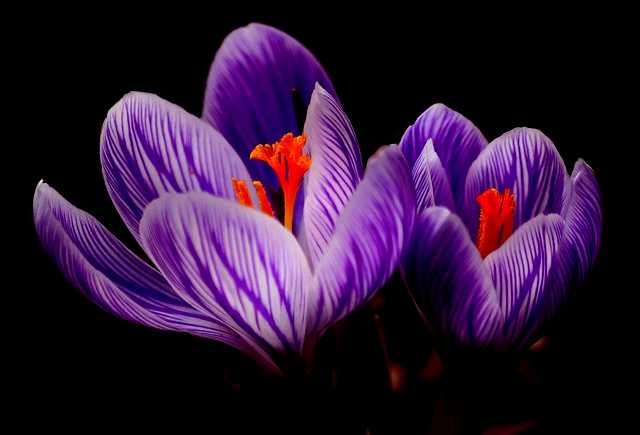
Temperature Tolerance: Crocus bulbs thrive in temperatures ranging from 40°F to 60°F.
Planting Details: Ideal for zones 3-9, crocus bulbs should be planted in November. These flowers bloom as early as late winter, offering hope that spring is on the way, and can be planted in clusters for a striking effect.
Pansies
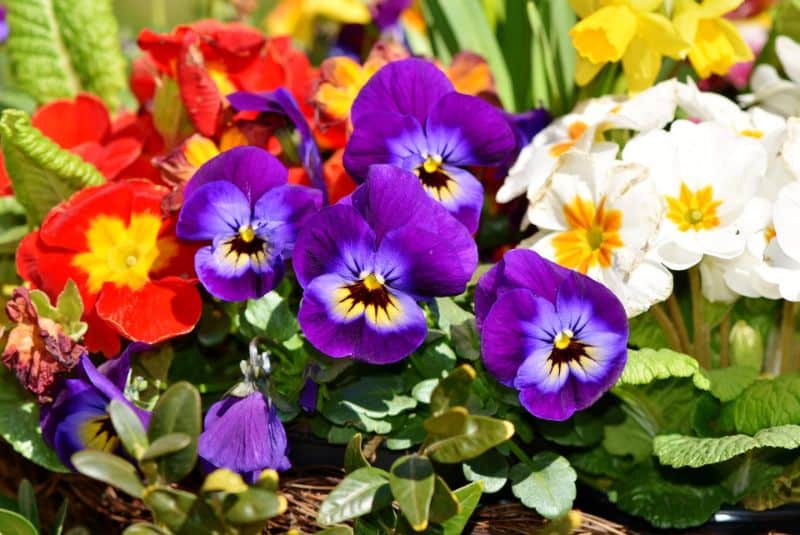
Temperature Tolerance: Pansies can endure temperatures down to 20°F, although they prefer milder conditions.
Planting Details: In zones 6-9, pansies are perfect for fall to early winter planting. They can flower even during winter, adding color to your garden. Plant them in well-drained soil and ensure adequate spacing to allow for air circulation.
Primrose
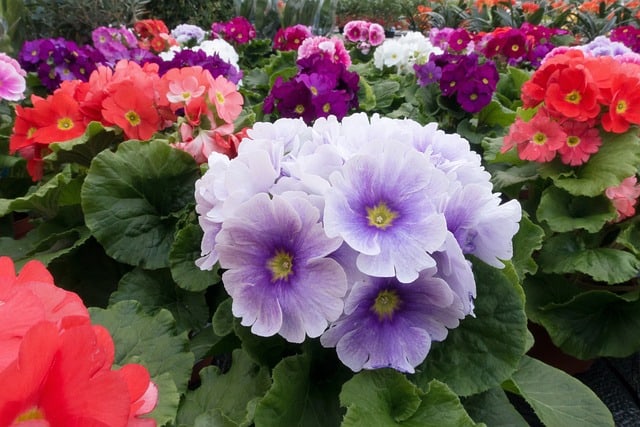
Temperature Tolerance: Primroses can tolerate light frost and grow best in temperatures ranging from 45°F to 65°F.
Planting Details: November planting is ideal in USDA zones 4-9. They prefer semi-shade and moist, well-drained soil. Once established, these perennial flowers will bloom early in the spring, providing cheerful color after winter.
Hellebores
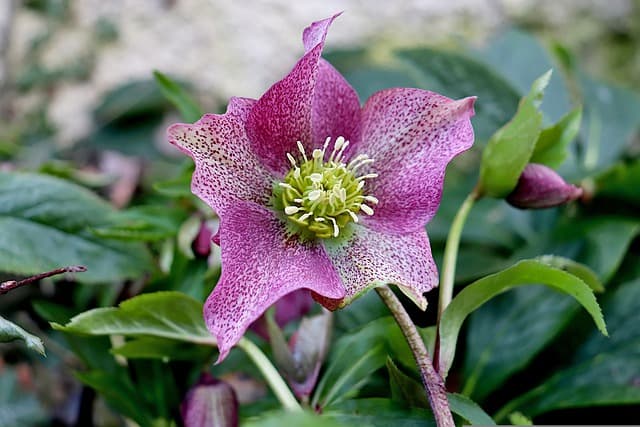
Temperature Tolerance: Hellebores can survive temperatures down to 10°F, making them highly resilient.
Planting Details: In zones 4-9, these perennials should be planted in November. They prefer partial shade and well-drained soil, blooming in late winter to early spring, often before the snow has fully melted.
Snowdrops
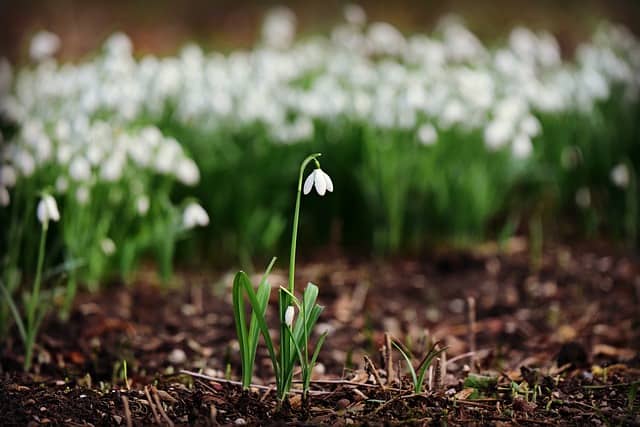
Temperature Tolerance: Snowdrop bulbs flourish in cold environments and can handle frost easily.
Planting Details: Ideal for zones 3-7, plant snowdrop bulbs in November for early spring blooms. These delicate flowers are typically one of the first to emerge, bringing beauty to any winter landscape.
Anemone
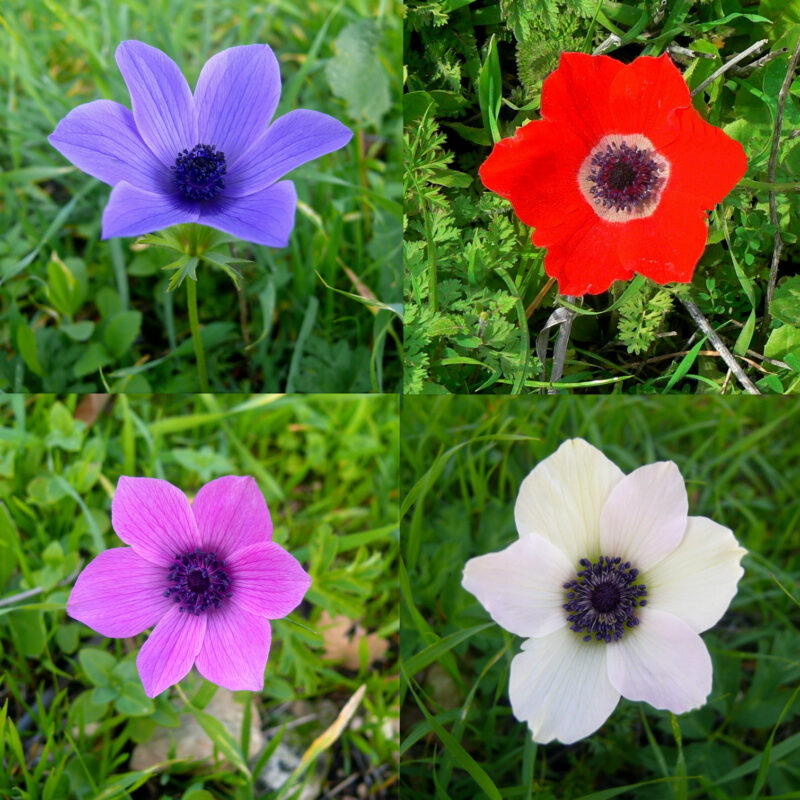
Temperature Tolerance: Different species have varying tolerances, but most forms can withstand early winter conditions.
Planting Details: November is a suitable month for planting anemone bulbs in zones 4-8. Choose sunny or partially shaded locations and ensure soil drainage is adequate for healthy growth come spring.
Bleeding Heart
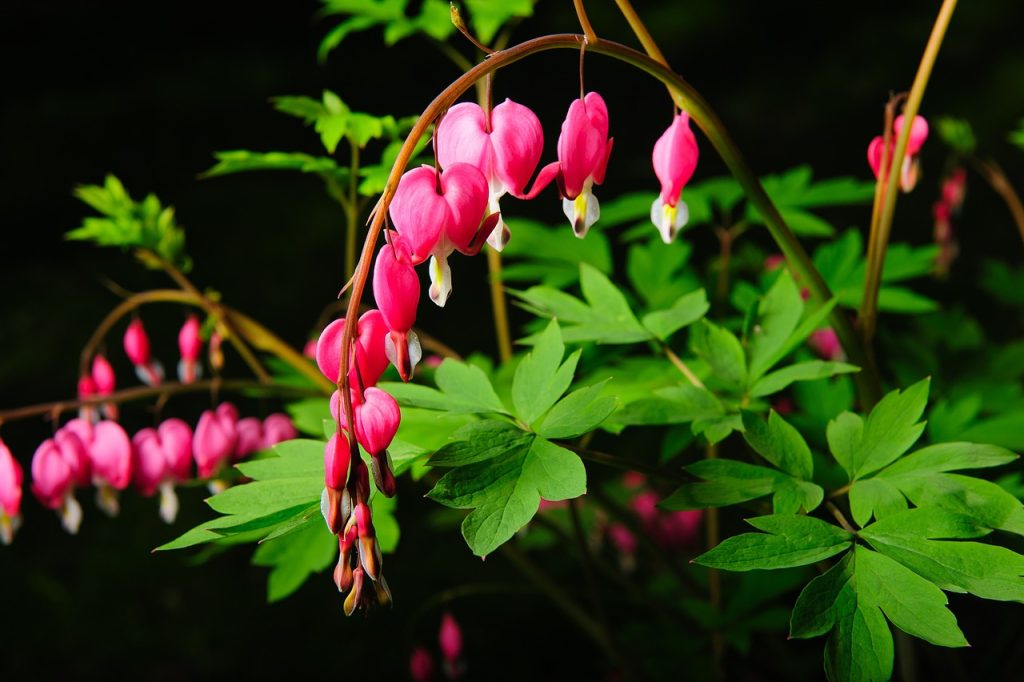
Temperature Tolerance: Bleeding hearts can tolerate cold temperatures and are hardy down to zone 3.
Planting Details: In November, plant in USDA zones 3-8. These perennials prefer rich, moist soil and partial shade, showcasing their elegant blooms in spring and summer.
Periwinkle (Vinca)
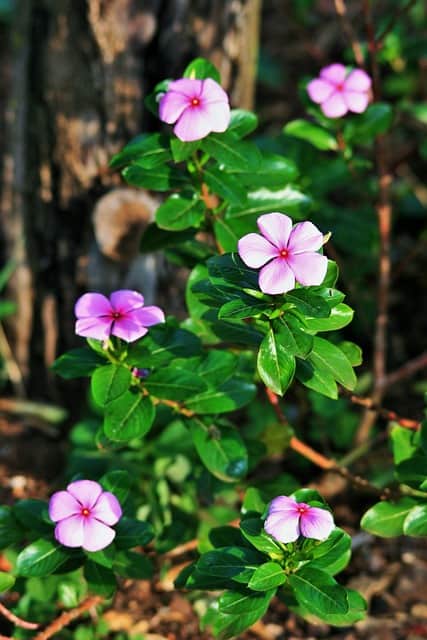
Temperature Tolerance: Vinca plants can thrive in mild winter temperatures but may become dormant in colder zones.
Planting Details: Average temperatures are vital for rooting, making November ideal for zones 6-9. Plant in well-drained soil, and these evergreen ground covers will return stronger each spring.
Herbs To Plant
Herbs can flourish in late fall and early winter with appropriate care, especially perennial herbs. Below are ten herbs that are excellent for planting in November.
Thyme
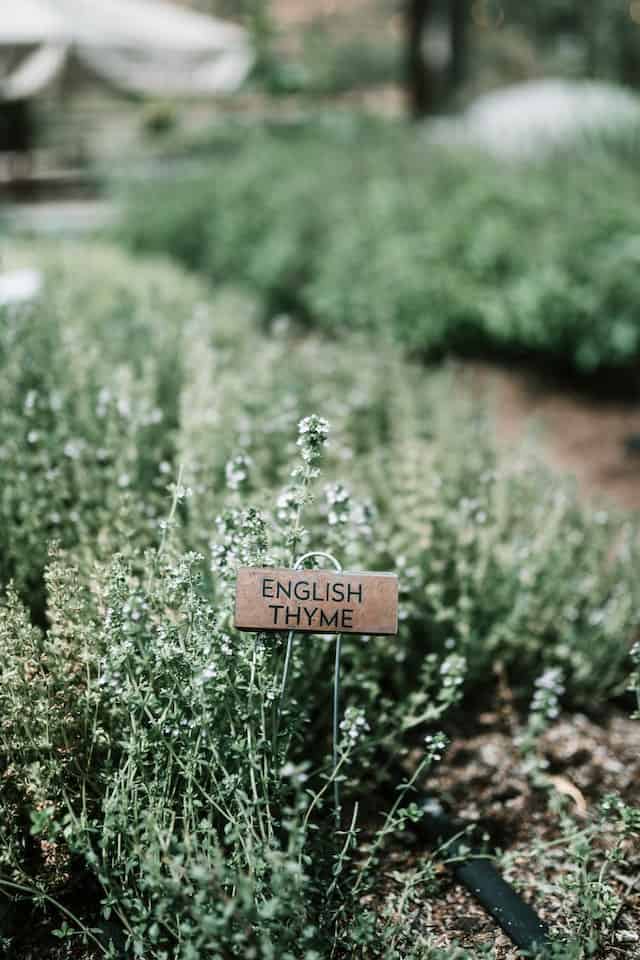
Temperature Tolerance: Thyme is hardy and can withstand temperatures down to 20°F.
Planting Details: In USDA zones 4-9, you can plant thyme in November. This herb loves well-drained soil and can often grow through winter, becoming more flavorful with frost exposure.
Oregano
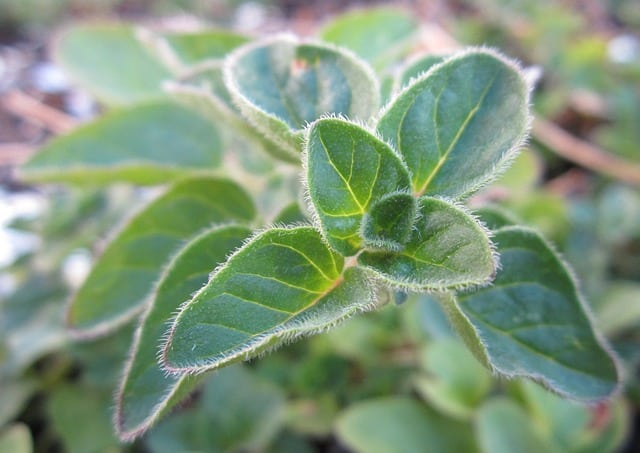
Temperature Tolerance: Oregano is quite hardy and can tolerate frost conditions.
Planting Details: Ideal for zones 5-10, oregano can be planted in November. Ensure it is in well-drained soil and a sunny location. Once established, it will continue to thrive, allowing for periodic harvests.
Sage
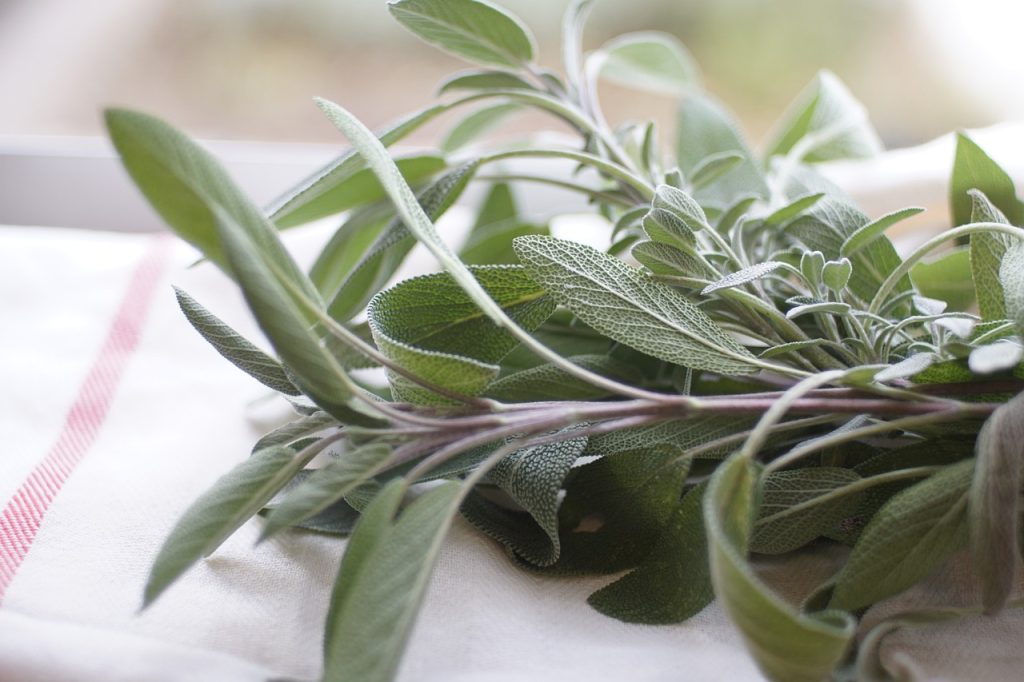
Temperature Tolerance: Sage can tolerate temperatures as low as 20°F and remains healthy during light frosts.
Planting Details: This lovely herb does well in USDA zones 5-10, making November a good time for planting. Sage prefers well-drained soil and full sun, yielding strong flavors in winter meals.
Chives
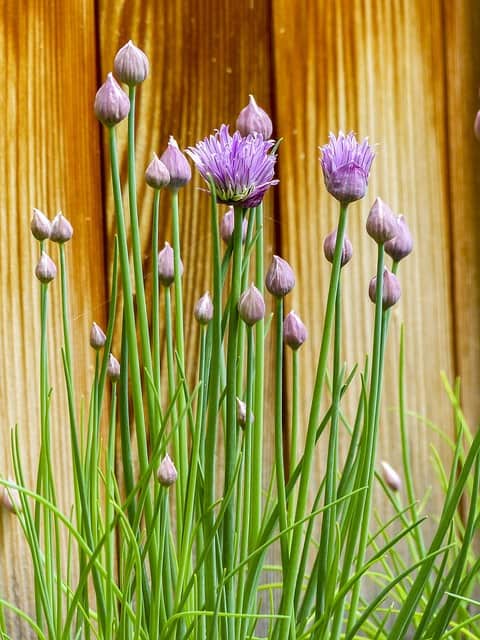
Temperature Tolerance: Chives can thrive in temperatures down to 20°F.
Planting Details: You can plant chive seeds or seedlings in USDA zones 3-9 throughout November. This perennial herb returns reliably each spring, making it a fantastic staple for your herb garden.
Mint
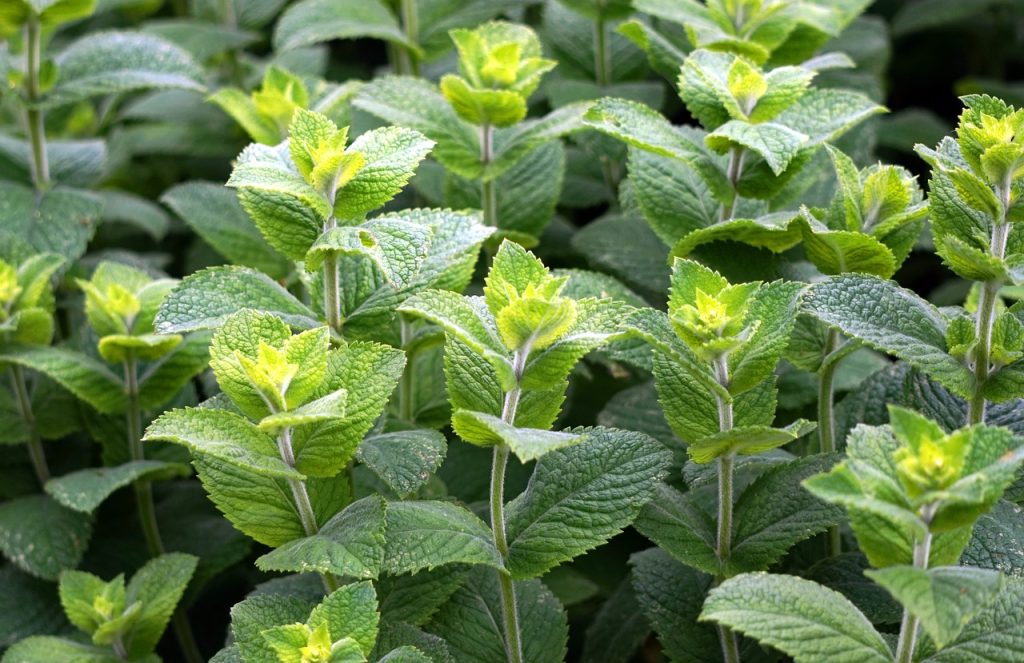
Temperature Tolerance: Mint varieties can withstand light frosts but may suffer in extremely cold conditions.
Planting Details: Ideal for zones 4-9, mint can be planted in November. To prevent spreading, consider planting in containers. Although it’s a perennial, mint will hibernate during the colder months and spring back in the warmer weather.
Rosemary
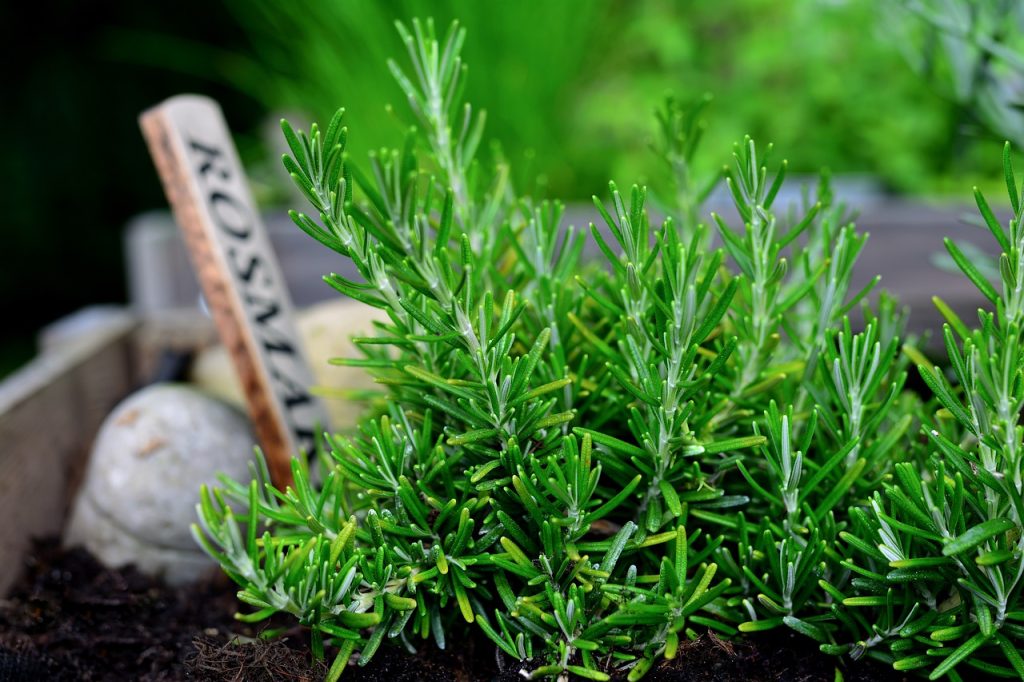
Temperature Tolerance: While rosemary prefers warmer conditions, certain varieties can handle light frost.
Planting Details: In USDA zones 7-10, rosemary can be sheltered in November. Plant in well-drained soil, preferably in a sunny location, and protect from extreme cold with mulch or fabric.
Parsley
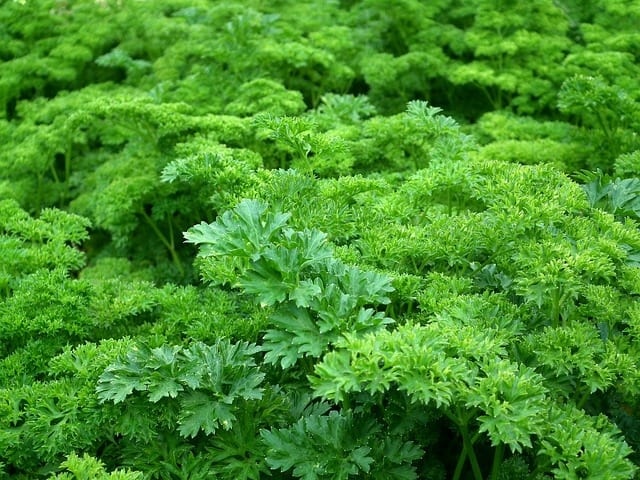
Temperature Tolerance: Parsley can tolerate temperatures as low as 20°F.
Planting Details: This herb can be successfully planted in November in zones 4-9. Sow seeds directly into the garden or transplant seedlings, favoring a sunny spot for growth.
Cilantro
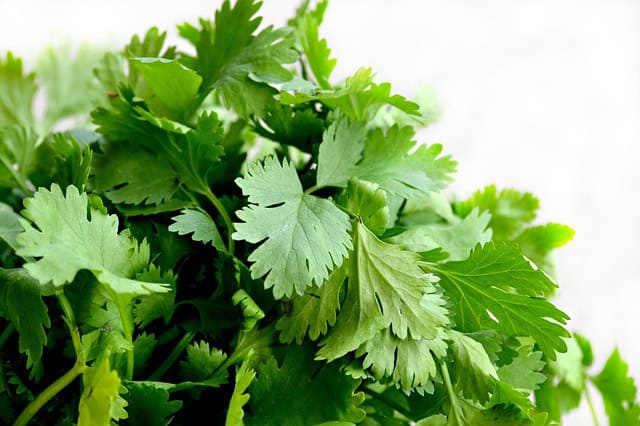
Temperature Tolerance: Cilantro can withstand light frost down to about 28°F.
Planting Details: Ideal for zones 3-9, cilantro can still be planted in November, especially in mild regions. Directly sow seeds in well-draining soil for early winter harvesting.
Tarragon
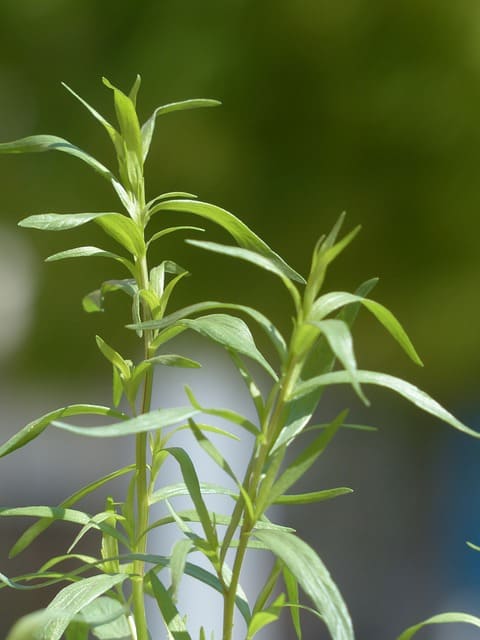
Temperature Tolerance: French tarragon can survive light frost and is hardy in USDA zones 4-9.
Planting Details: November planting is ideal for dividing existing plants or planting seedlings. It prefers full sun and well-drained soil, thriving as a perennial herb.
Basil
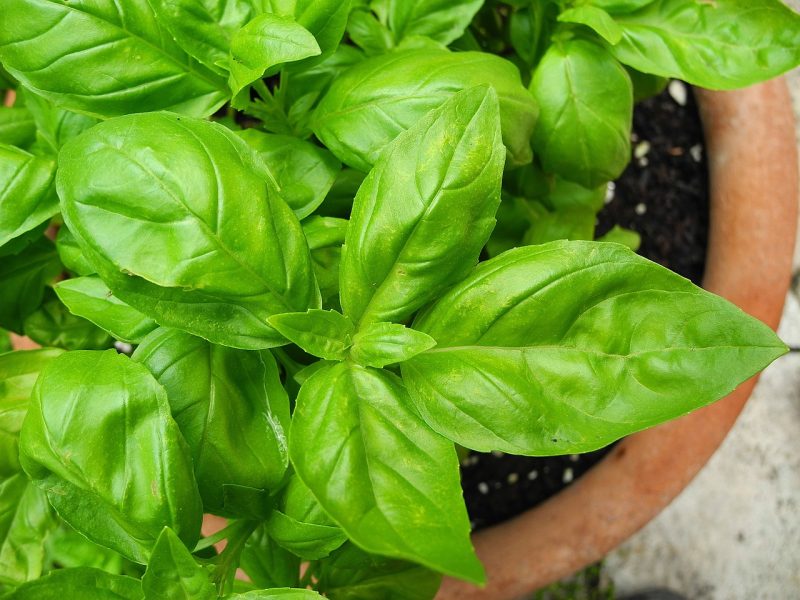
Temperature Tolerance: Basil is sensitive to cold and should be planted only in milder zones.
Planting Details: In USDA zones 8-10, you can still plant basil indoors in November. Seedlings germinate best in warm soil, and establishing them indoors will yield flavorful leaves for culinary uses throughout the winter.
Landscape Plants To Plant In November
November is a great time to establish hardy landscape plants that can withstand cold winters and come back strong in spring. Below are ten landscape plants beneficial for a thriving garden when planted in November.
Evergreen Shrubs
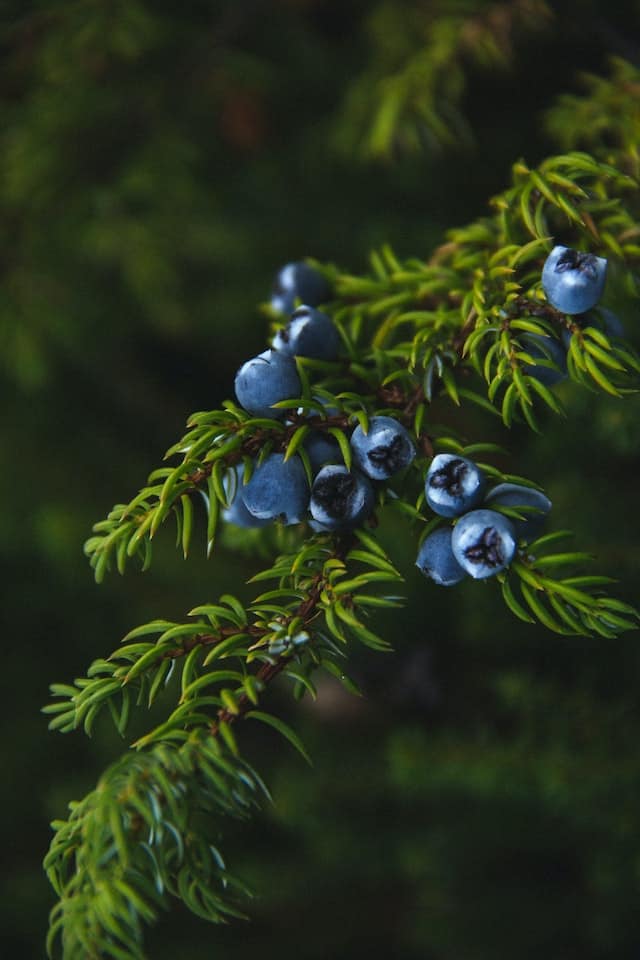
Temperature Tolerance: Most evergreen shrubs tolerate a wide range of winter temperatures.
Planting Details: November is an excellent time for zones 3-7 to plant evergreen shrubs like boxwood or holly. They provide year-round structure to your landscape and are resistant to winter conditions.
Perennials

Temperature Tolerance: Most hardy perennials can withstand freezing temperatures.
Planting Details: In USDA zones 3-8, November is a great time for planting perennials like peonies and daylilies. Plant them deep enough for stability, and ensure they have good drainage to prevent rot.
Ornamental Grasses
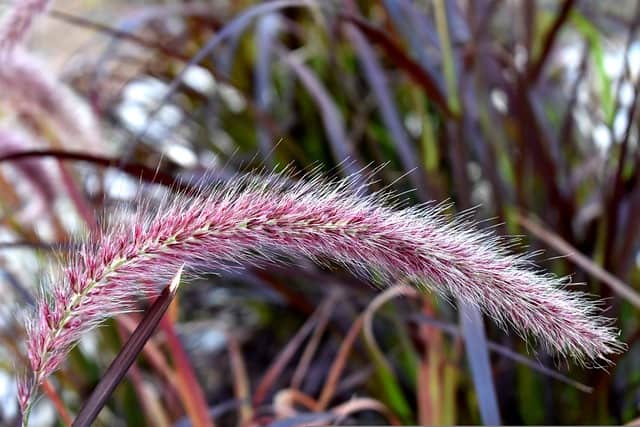
Temperature Tolerance: Many ornamental grasses thrive in low temperatures.
Planting Details: In USDA zones 4-9, November is an excellent time to plant ornamental grasses such as feather reed or blue oat grass. They add beauty with their varied textures and colors throughout winter and return with full vigor in spring.
Deciduous Trees
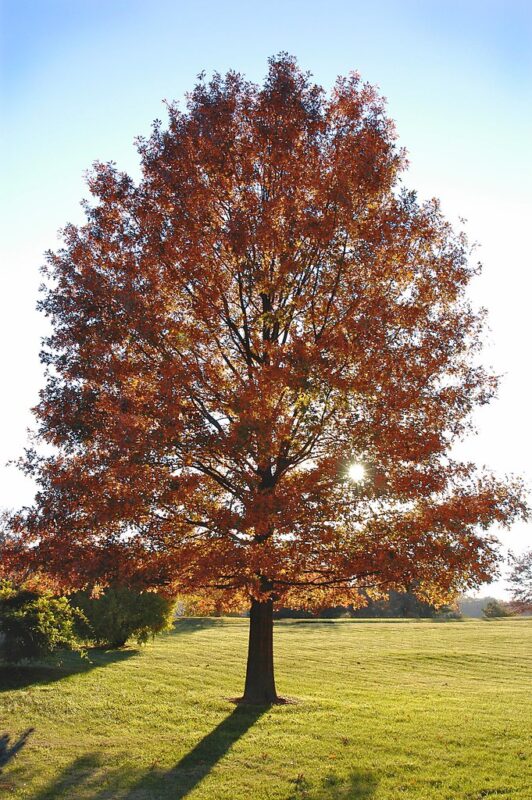
Temperature Tolerance: Many deciduous trees can be planted in early winter dormancy.
Planting Details: In zones 3-7, November is a good time to plant species like red maple or oak. Choose a location with adequate sunlight and well-drained soil and water deeply during any dry spells post-planting.
Container Gardens
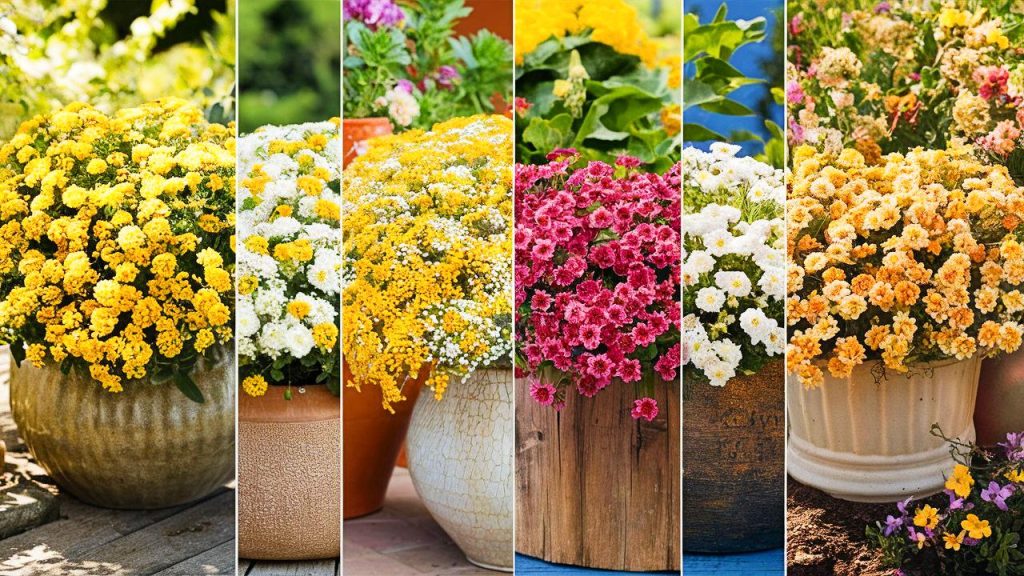
Temperature Tolerance: Depending on the plants chosen, container gardens can contain hardy plants.
Planting Details: In USDA zones 8-10, container gardens can be planted in November with the right selection of winter-ready plants. It’s a flexible option for smaller spaces and allows for seasonal changes.
Roses
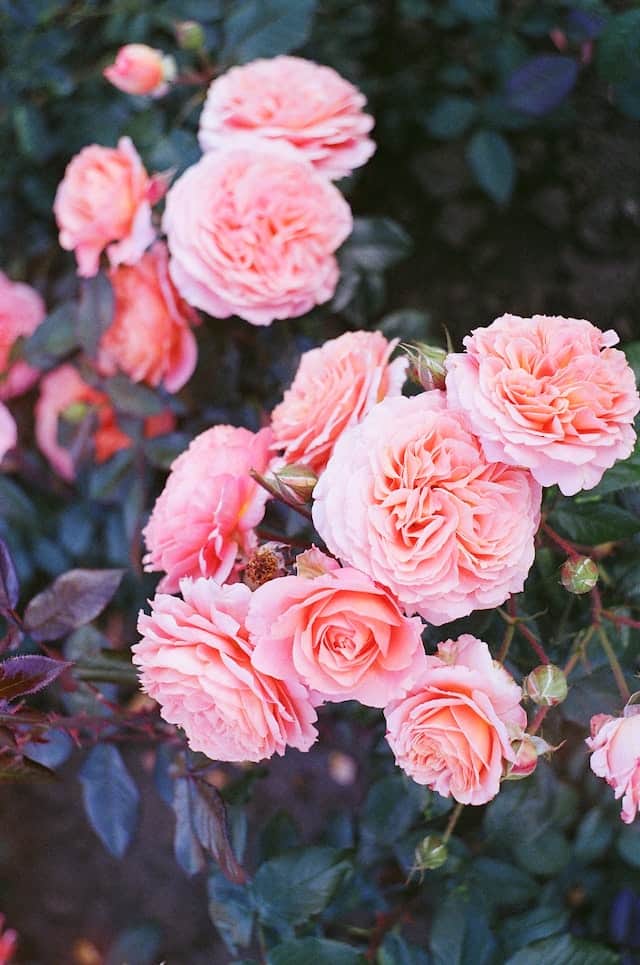
Temperature Tolerance: Most roses can endure cold temperatures, but some require protection.
Planting Details: November is right for zones 5-9 to plant bare-root roses. They should be placed in well-draining soil and receive enough sunlight to encourage robust healthy growth upon blooming.
Viburnum
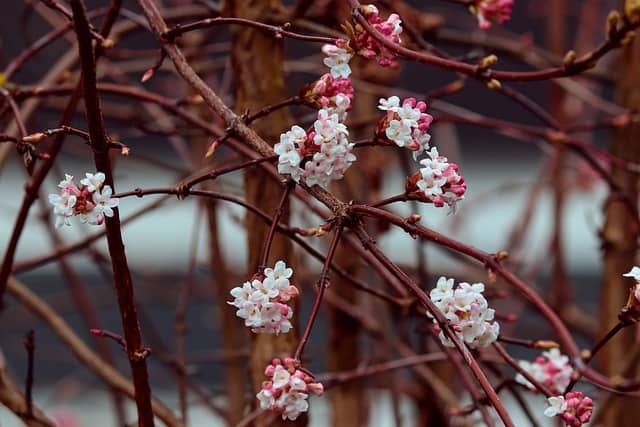
Temperature Tolerance: Viburnum can withstand low temperatures and adapt to various climates.
Planting Details: Ideal for zones 3-9, viburnum can be planted in November. This versatile shrub provides fragrant flowers, berries, and fall color, contributing to a diverse landscape.
Hydrangeas
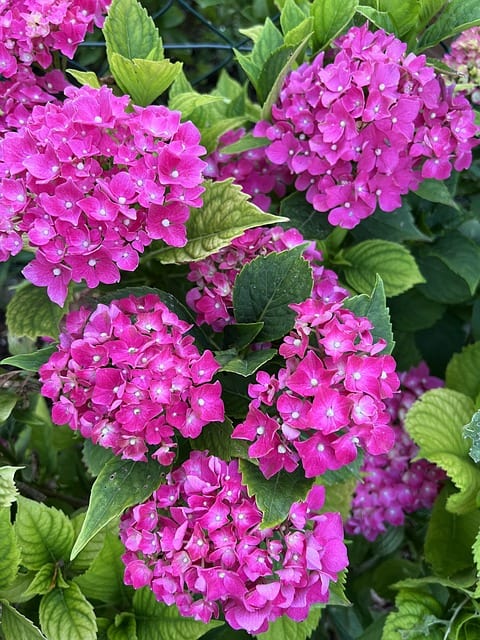
Temperature Tolerance: Hardy hydrangeas can survive winter temperatures down to zone 3.
Planting Details: In zone 3-9, November is suitable for planting hydrangeas. These shrubs need well-draining soil and some shade, and they provide stunning floral displays in summer.
Japanese Maple
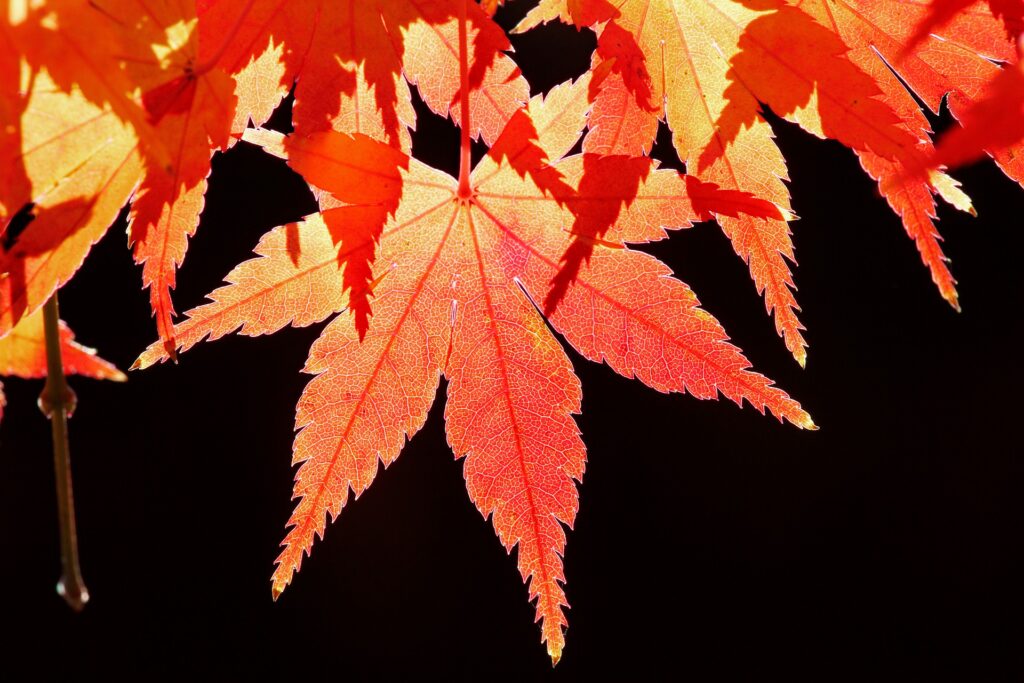
Temperature Tolerance: Japanese maples are hardy in zones 5-9, but need protection in extreme cold.
Planting Details: Considered a stunning landscape plant, planting in November allows time for root establishment. Choose a sheltered location within your yard and ensure adequate drainage.
Fruit Trees
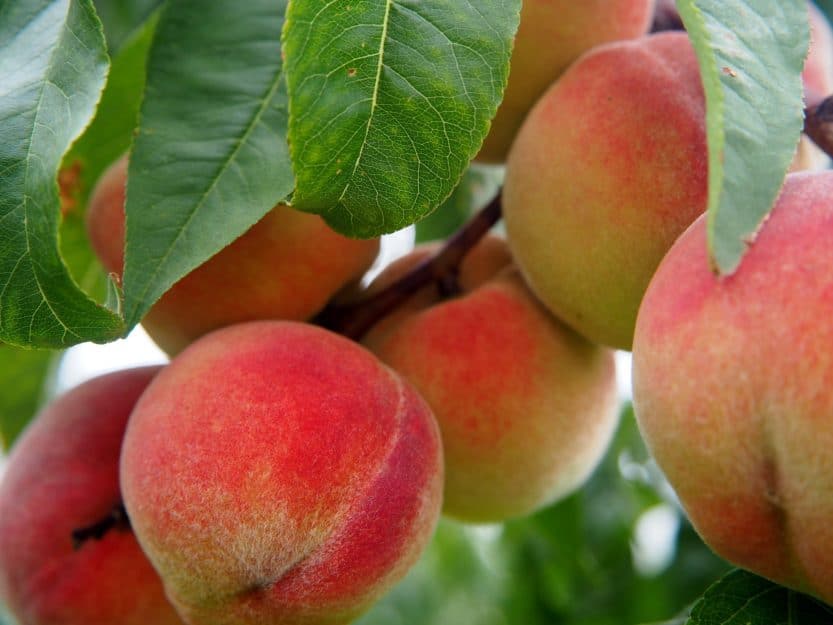
Temperature Tolerance: Many fruit trees can withstand low temperatures, but some may require winter protection.
Planting Details: In USDA zones 6-9, November presents a good opportunity for planting young fruit trees like apple or pear. Pay attention to their sun and space requirements, ensuring they will thrive in their new home.


